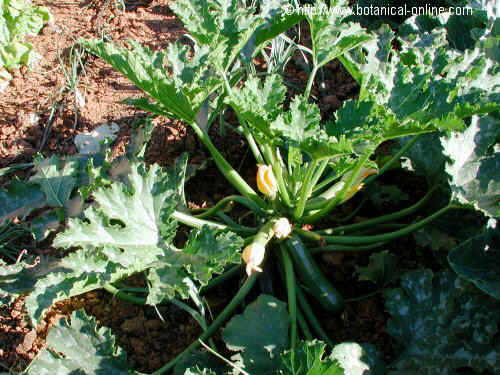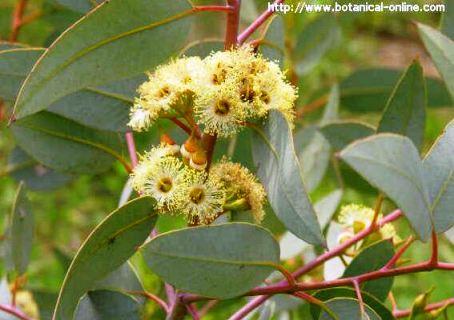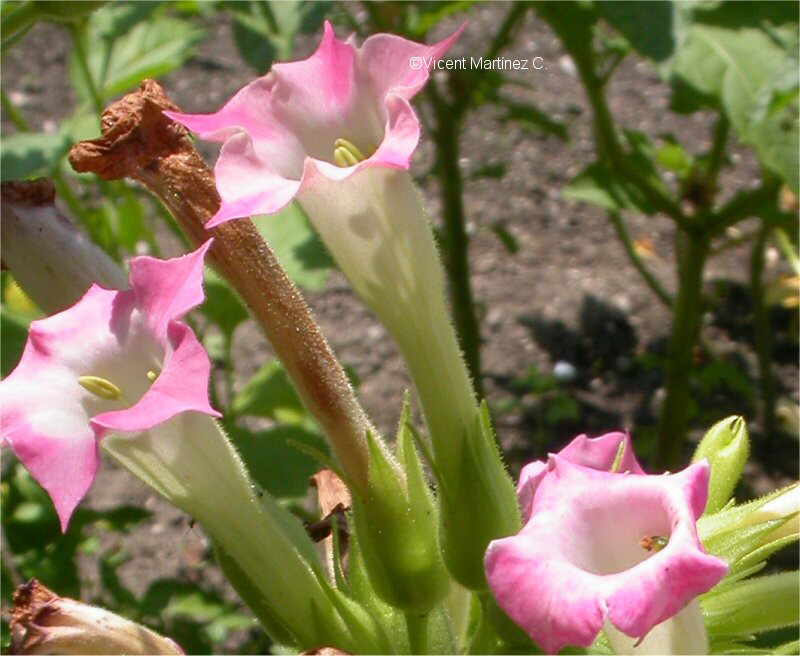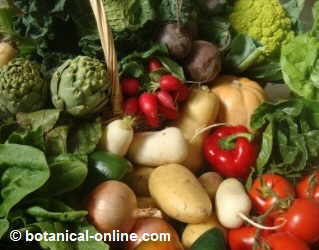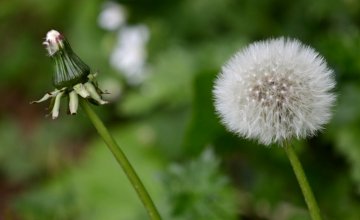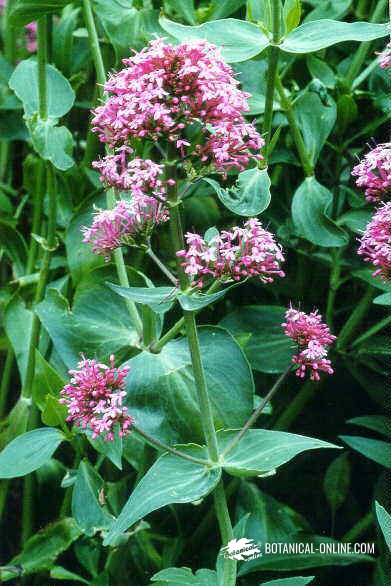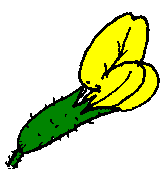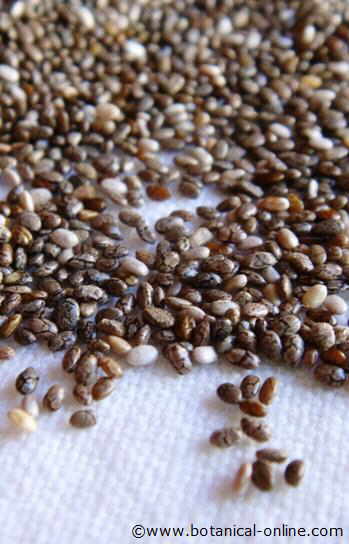Contents
- 1 Characteristics of these two different plants
- 1.1 Is dandelion the same as sowthistles?
- 1.2 Similarities between dandelion and sowthistles
- 1.3 Differences between dandelion and sowthistle when they do not have a flower
- 1.4 How to distinguish between dandelion leaves and sowthistle leaves
- 1.5 How to distinguish dandelion flowers from sowthistle flowers
- 1.6 What can we use sawthistles and dandelions for?
Characteristics of these two different plants
Is dandelion the same as sowthistles?
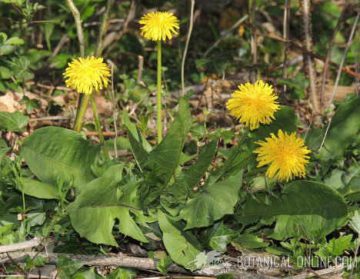
Dandelion (Taraxacum officinale) and sowthistles (Sonchus spp.) are plants that, at first glance, have a certain similarity, although they are totally different. Below are those traits that help us to differentiate these two plants, which are quite different.
Similarities between dandelion and sowthistles
- Both the dandelion and sowthistle belong to the botanical family Asteraceae or Compositae.
- Both are annual plants, that is, they produce leaves, flowers and fruits in the same year. (On the other hand, there are plants that do not produce flowers until the second year of growth)
- In their early stages of growth, the leaves form a basal rosette (although the leaves are very different).
Differences between dandelion and sowthistle when they do not have a flower
Many of the plants belonging to the Compositae family (Asteraceae) can be confused when they are in their early stages, that is, when they only have rosette-shaped leaves.
In these cases, sowthistle leaves are more deeply divided (it has more “teeth”), while dandelion has its leaves a special form like “lion tooth” and, in some cases, some are rounded.
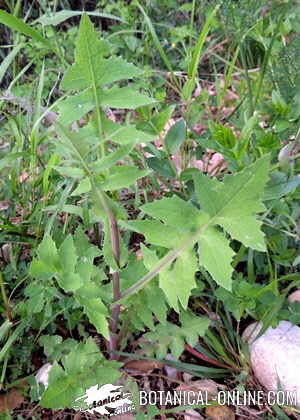
Common sowthistle rosette (Sonchus oleraceus L.)
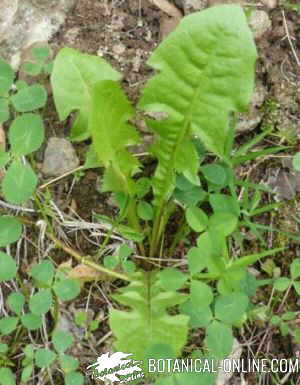
Dandelion rosette
As the plants grow a little older, it is even easier to tell them apart, because dandelion does not branch. It grows in a basal rosette shape and only has a few flower stalks, which have no leaves. On the other hand, sowthistle has several stems and these are branched and have leaves.
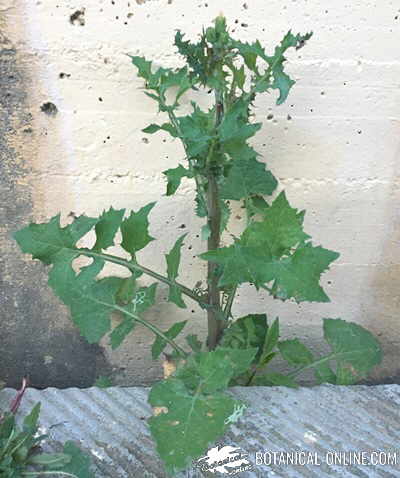
Common sowthistle before flowering (Sonchus oleraceus L.). Note that it has branches and stems with leaves.
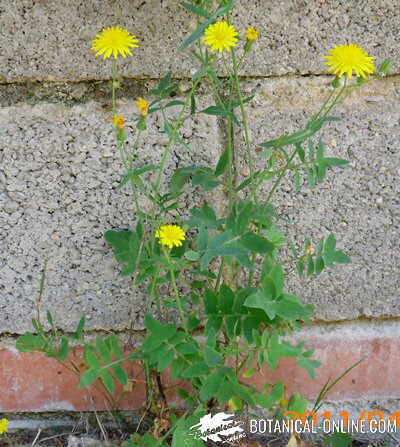
Another type of sowthistle, slender sowthistle (Sonchus terrenimus). Note that it has branches and stems with leaves
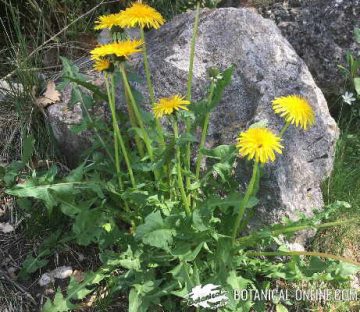
General appearance of dandelion. Note that the leaves are lion tooth shaped and there are no leaves on the stems.
How to distinguish between dandelion leaves and sowthistle leaves
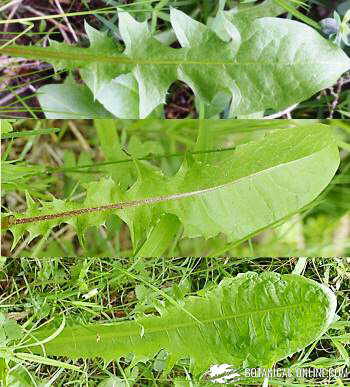
There are different types of sowthistles (Sonchus spp.), and the shape of the leaves, from one species to another, can vary slightly. In fact, another article could be used to explain how to differentiate the different types of locks out there.
For this reason, in this case, it is easier to look at how to distinguish well the dandelion leaves, which are surely the most characteristic of all:
- The leaves are deeply serrated and shaped like a lion tooth. The youngest may not have formed teeth yet.
- The midrib may be reddish in color.
- They do not have hairiness or hairiness.
How to distinguish dandelion flowers from sowthistle flowers
Although at first glance both are yellow flowers, there are many differences between these two plants:
They are characterized by their yellow flowers, which are actually flower heads made up of numerous ray flowers or ligulate flowers. At first glance, yellow flowers are the main reason why these two plants are confused.
The main differential feature is that dandelion only has ONE flower on each flowering stem. Instead, sowthistles usually have 2, 3, 4 or even 5.
Dandelion flowers usually have very characteristic bracts that stick out, like “teeth.”
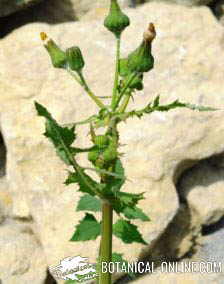
Common sowthistle (Sonchus oleraceus L.). There are several on each flowering stem.
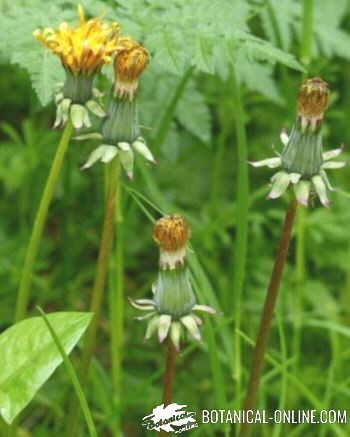
Dandelion flowers. The tooth-shaped bracts are appreciated and that each flowering stem has a single flower.
- Dandelion flowers are larger than sowthistle flowers.
- After flowering, the fruits ripen, dry, and produce a pappus, which is nothing more than a dispersal tool for the seeds that these plants have.
What can we use sawthistles and dandelions for?
We can find these plants in rich soils, orchards and gardens, but it is also common to see them grow on the edges of fields, at the foot of a wall, or by the side of the road.
Both are edible wild plants that have been consumed since immemorial times. With these two plants many recipes can be made. For this, normally the leaves are collected, when they are tender, before flowering.
Furthermore both plants can be used to feed rabbits and chickens.
* Related information: How to differentiate chicory from dandelion?
![]() More information on plants
More information on plants

